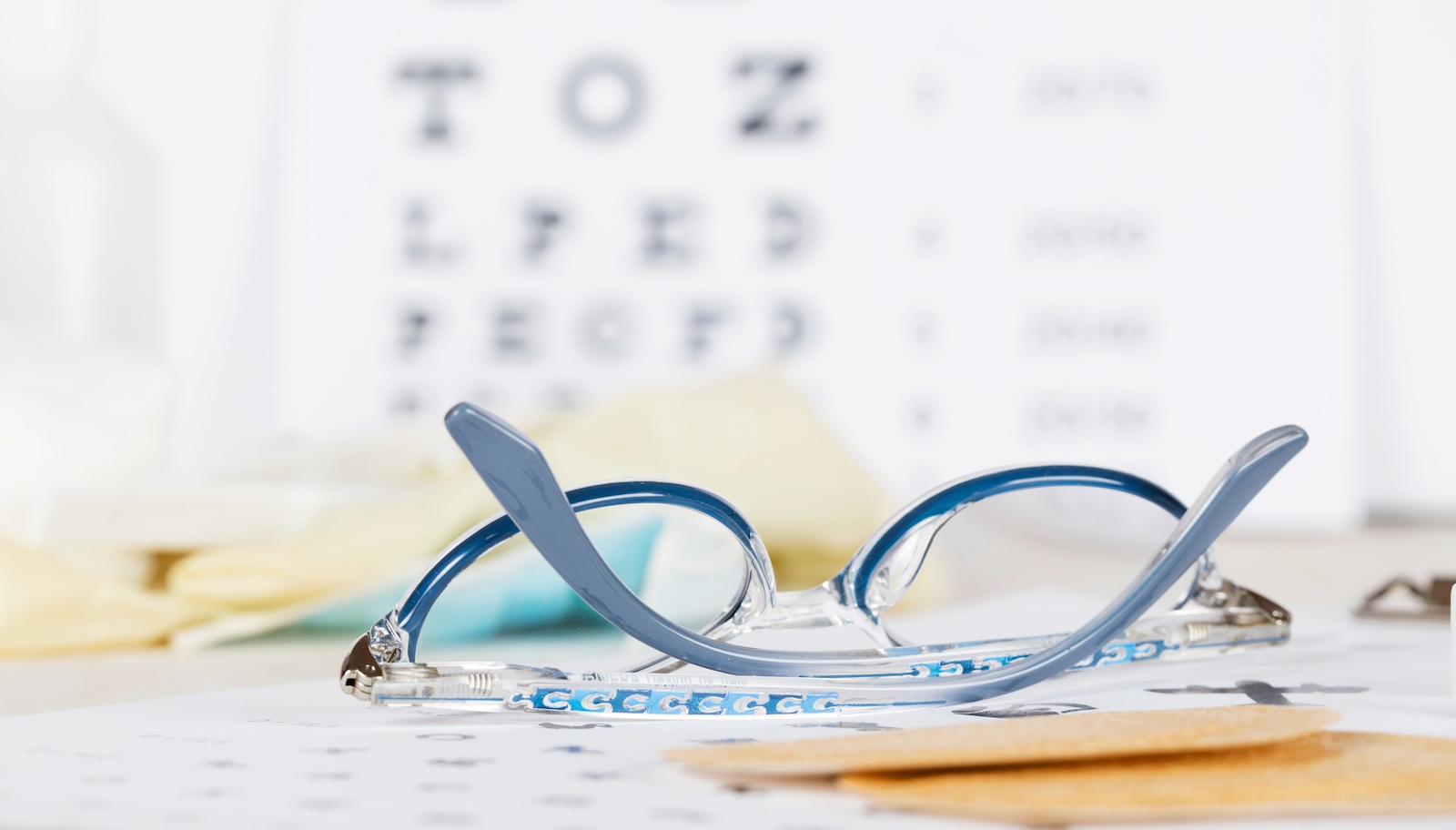Plaquenil toxicity is a serious risk for patients taking hydroxychloroquine, a medication commonly prescribed for lupus, rheumatoid arthritis, and other autoimmune conditions. While Plaquenil can be highly effective in controlling these diseases, long-term use can lead to damage in the retina—the light-sensitive tissue at the back of the eye. This retinal damage is often irreversible, making early detection critical. Fortunately, there are several highly effective eye tests that can help identify Plaquenil toxicity in its earliest stages, long before you notice vision problems.
In this article, we’ll explain why regular eye screenings are essential for anyone taking Plaquenil and outline the top five tests eye doctors use to detect early signs of toxicity. Understanding these tests will help you take a proactive role in protecting your eyesight.
Why Eye Testing is Essential
Hydroxychloroquine toxicity can progress quietly, with no obvious symptoms until irreversible harm has occurred. By the time vision changes are noticeable, the damage may already be advanced. Early detection through comprehensive eye testing gives your doctor the opportunity to adjust your medication or recommend protective measures. This proactive approach can significantly reduce the risk of long-term vision loss, making routine screenings a crucial part of ongoing care for anyone taking Plaquenil.
1. Optical Coherence Tomography (OCT)
Optical Coherence Tomography, or OCT, is a non-invasive imaging test that uses light waves to capture detailed, cross-sectional images of your retina. These scans can reveal subtle thinning or structural changes in the retinal layers that may be linked to Plaquenil toxicity—often before you notice any vision problems yourself. OCT has become a gold standard for monitoring patients on hydroxychloroquine because it can detect damage at an early stage, when intervention is most effective.
2. Visual Field Testing
Visual field testing measures both your central and peripheral vision, mapping out your ability to see in all directions. It can identify blind spots, known as scotomas, which sometimes develop in patients with Plaquenil-related retinal damage. Since these blind spots may go unnoticed in daily life, this test is a valuable tool for detecting issues before they affect everyday activities like reading or driving.
3. Fundus Photography
Fundus photography involves taking high-resolution images of the inside of your eye, including the retina, optic nerve, and blood vessels. These photographs create a visual record that your eye doctor can compare over time to track even minor changes. When used alongside other tests, fundus photography can help confirm early signs of Plaquenil toxicity and document progression if it occurs.
4. Multifocal Electroretinography (mfERG)
Multifocal Electroretinography, or mfERG, measures the electrical responses of different areas of your retina to light stimulation. Unlike some imaging tests, mfERG focuses on how well the retina is functioning, not just how it looks. This can make it possible to detect functional changes caused by Plaquenil toxicity before any structural damage is visible, providing another layer of protection through early intervention.
5. Amsler Grid Test
The Amsler Grid Test is a simple, at-home screening tool designed to detect distortion or blind spots in central vision. Patients can use it between eye appointments to monitor for sudden changes. While it’s not a substitute for professional testing, it can be an early warning system that prompts you to schedule an eye exam sooner if you notice abnormalities.
Protecting Your Vision from Plaquenil Toxicity
For patients taking hydroxychloroquine, awareness and prevention are key. Regular eye exams that include advanced screening tests can help identify retinal damage before it becomes permanent. If you’re concerned about your eye health, be proactive—schedule an appointment with an eye care professional and discuss the testing options that are right for you. Recognizing the early signs of Plaquenil toxicity can make all the difference in preserving your vision.
For more details about the symptoms and side effects of Plaquenil, visit our Symptoms and Side Effects page. If you have specific concerns or want answers to common patient questions, our Common Questions page is a great place to start. You can also contact us directly to discuss your situation with a legal team experienced in Plaquenil toxicity cases.



